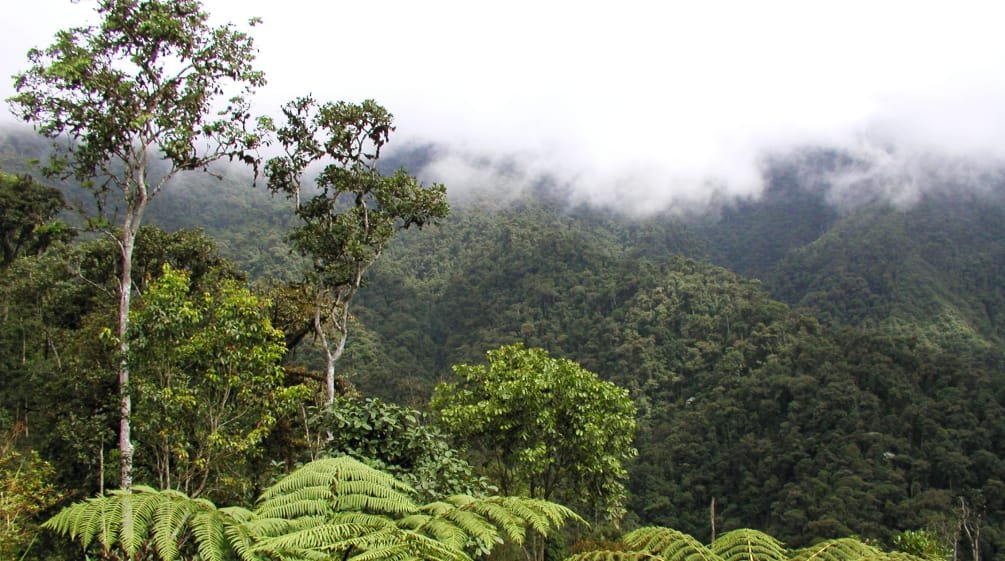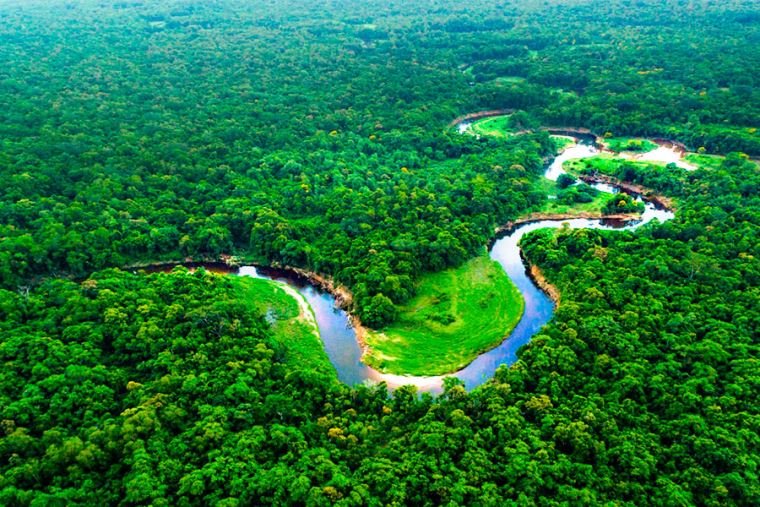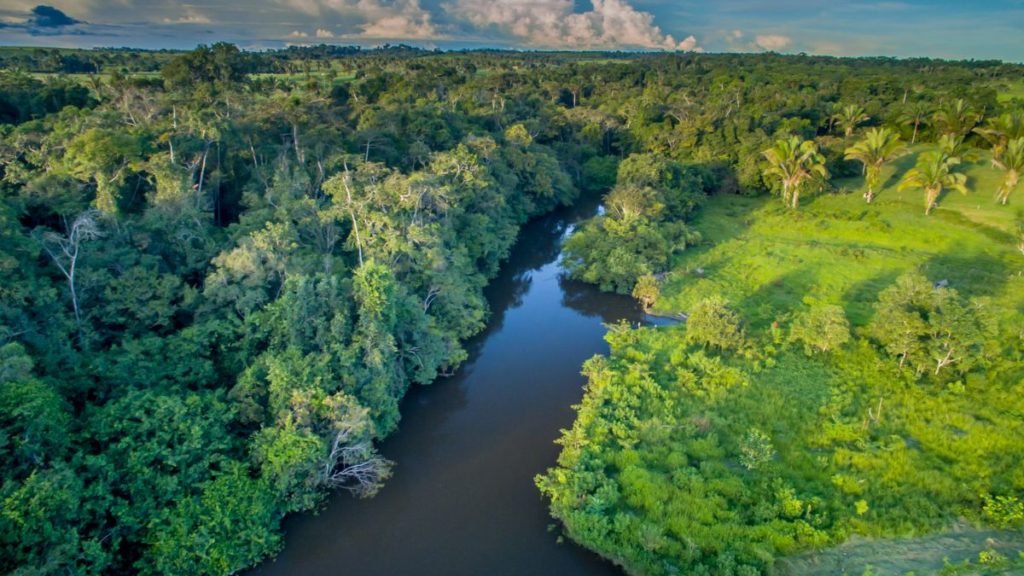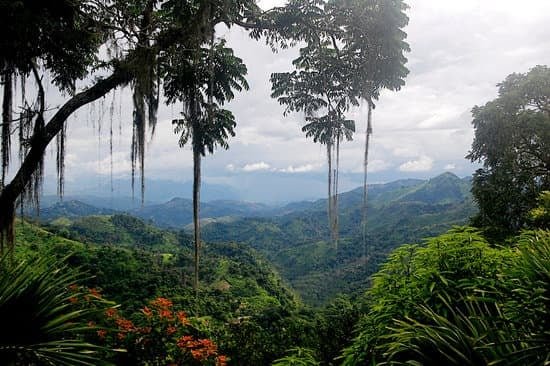The climate that characterizes the tropical rainforests in South America, including the forests of southeastern Peru where a large number of ecotourism trips are made, has as its main quality the heat and humidity throughout the year, and it is the amount of rainfall per month that defines the seasonal variation in these Amazonian forests.

Throughout the year, the average temperature in the lowland forests in the Peruvian region of Madre de Dios is around 25 degrees Celsius (77° Fahrenheit). As the name implies, there is no true dry season, or at least none as we commonly know it, in the rainforests. Be prepared as it can rain at any time of the year, and the seasons are defined by the frequency and intensity of rainfall, take this peculiarity of the climate in the area into account when booking a date for your visit, as this may define the type of trip you are looking for as well as the amount and variety of animals you may see on your visit.
When we speak of “dry season” and “rainy season” in the lowland forests within the Amazon basin, what we are really talking about is the perceptible seasonal variation that is created at those times of the year, which are characterized by experiencing the rainiest and the least rainy months.
In the biologically and ecologically diverse region of Madre de Dios, where a great variety of ecotourism tours operate, especially to the protected Tambopata National Reserve, the summer months of the southern hemisphere, from mid-December to the end of March, is when the most intense and frequent rains are experienced. During this period, afternoon showers are frequent, and you should know that the heaviest rains occur during the months of January and February. However, tropical storms are usually of short duration, which means that even during the rainiest months it is unusual for ecotourism excursions and wildlife viewing activities to be cancelled due to excessive rainfall.
Although many travelers choose to visit Peru’s rainforests during the months of April through December, which are characterized by less rainfall and also coincide with the northern hemisphere’s summer vacation season, there are many more reasons to visit the rainforests during the rainiest months of the year. When the rains are more intense, many species of trees and plants produce their fruits, known as the fruiting season, which in turn causes greater activity among many species of birds and mammals, especially monkeys in search of the delicacies of the season can be observed more easily.

It is the incredible abundance and diversity of plant species in the rainforest that has allowed the emergence of a great variety of insects, mammals, reptiles and other species that inhabit these forests. And while trees and other plants play a fundamental role as the lungs of the planet, producing oxygen and absorbing CO2, these same plant species also regulate the climate of the rainforests, creating the cycle of “dry” and “wet” seasons on which life and the correct ecological dynamics in the rainforests depend.
Biologists have discovered that in tropical rainforests, characterized by dense foliage and trees that often exceed 30 meters in height, transpiration, the process by which plants and trees release moisture into the atmosphere, is responsible for much of the water that then falls back into the forest understory, constituting one of the basic functioning cycles in this ecosystem.

In addition to studies – supplemented by satellite technology – of convergent winds influencing seasonal variation in the equatorial region, experts have also determined that forests use the increase in fallen tree leaves as a mechanism to trigger seasonal variation in the rainforest. The increase in leaves in the dry season causes an increase in water vapor that rises and cools to form clouds. In this way, the moisture released as water vapor by the trees acts as a sort of pump on a continental scale, providing the water needed to maintain steady, light rainfall patterns throughout the Amazon basin. In this way, it could be said that the trees create and maintain their own annual rainy season, along with the climatological stability that has allowed the world’s rainforests and the countless species they harbor to evolve for more than 120 million years, this ecosystem is self-sustaining but we must still contribute to its care and conservation.





